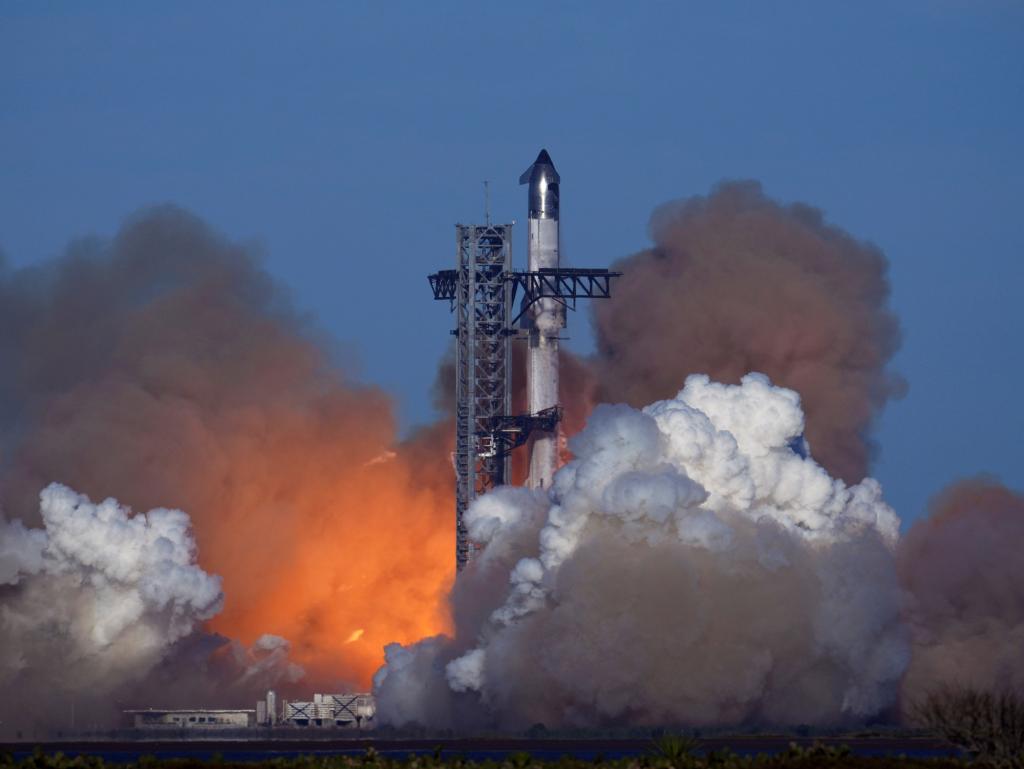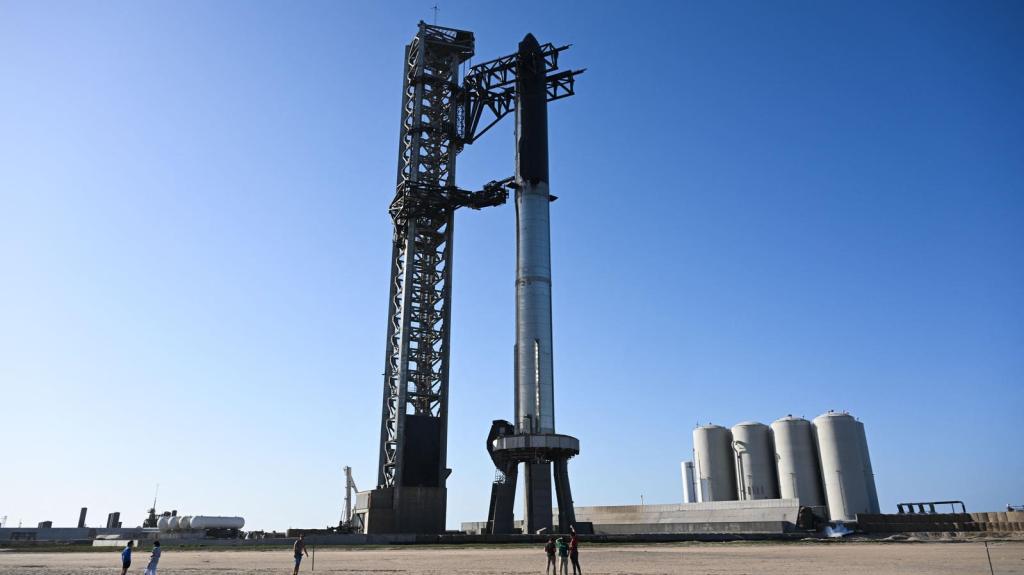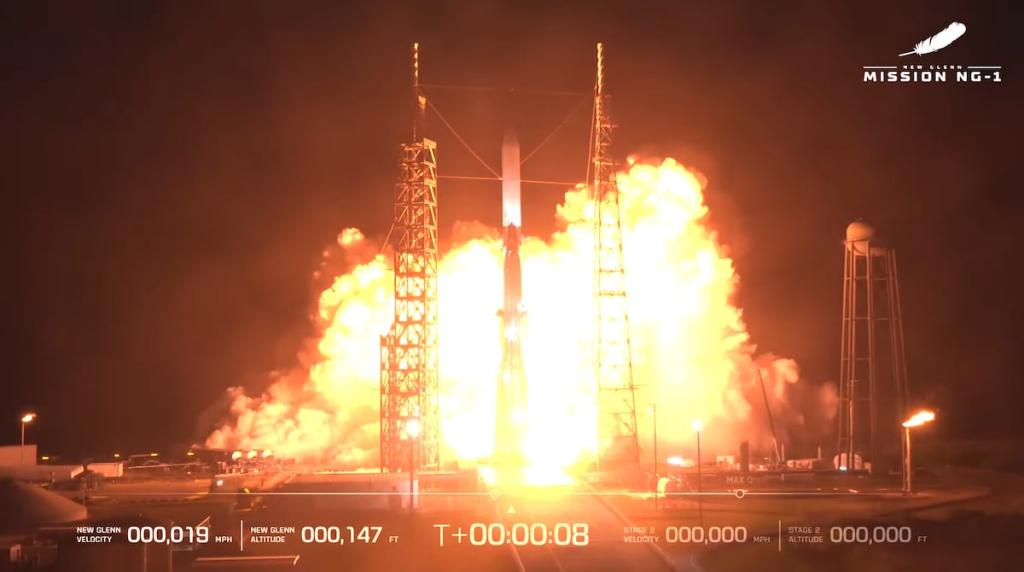Iran-Russia Space Cooperation Elevated by Successful Satellite Launch
Discover how Iran's successful satellite launch aboard a Russian rocket marks a transformative step in space cooperation and technological advancement.
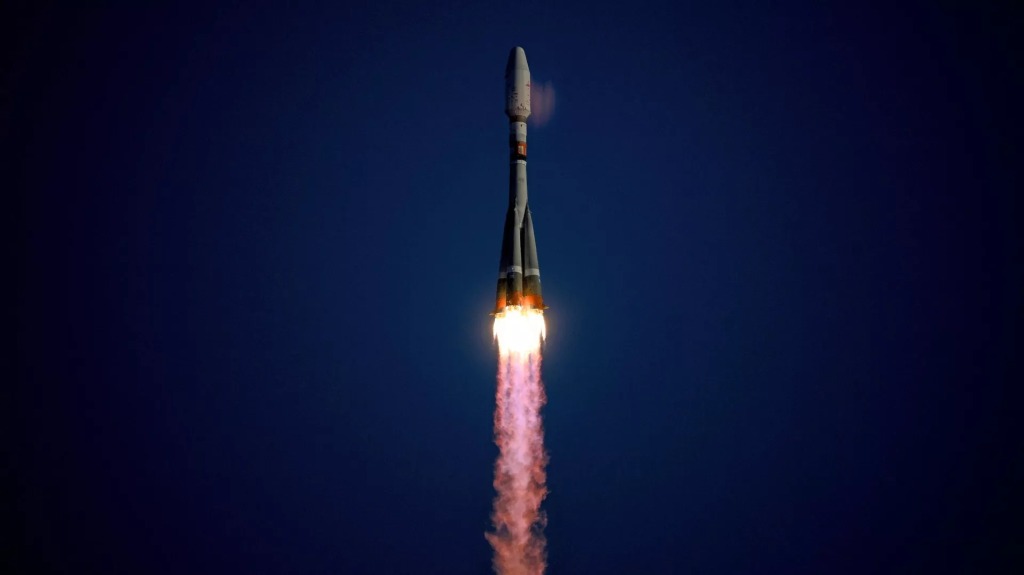
Key Points
- The successful launch of Iran's Kowsar and Hodhod satellites aboard a Russian Soyuz
rocket signifies a new chapter in Iran-Russia space cooperation.
- This launch enhances Iran's technological capabilities, particularly in environmental monitoring and telecommunications.
- The partnership is expected to pave the way for further collaborations and advancements in both countries' space programs.
The cosmos has always been a realm of exploration, wonder, and international cooperation. Recently, the successful launch of Iranian satellites aboard a Russian Soyuz rocket has marked a significant milestone in the relationship between
and
. This collaboration not only enhances scientific endeavors but also signifies a growing partnership in the field of space technology. With the launch occurring on November 5, 2024, this event underscores the potential for enhanced synergies in space activities.
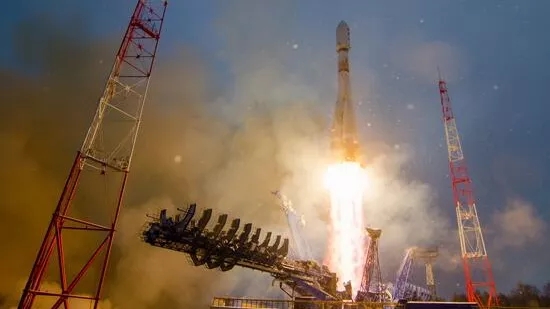
The Payload and Its Significance
The Soyuz-2.1 rocket launched from the
Cosmodrome carried a series of noteworthy payloads, including 55 satellites. Among these were two Iranian satellites: the Kowsar and the Hodhod. The Kowsar is designed for high-resolution imaging, enabling applications in environmental monitoring and agriculture, while the Hodhod serves as a small communications satellite. This launch is a pivotal step for Iran's private space sector, representing its determination to engage in extraterrestrial endeavors.
According to
, the Iranian ambassador in Moscow, the satellites are intended to function at an orbit of approximately 500 kilometers above Earth. This capability will significantly enhance Iran's ability to monitor its environment and improve telecommunications infrastructure within the country.

Strengthening International Ties Through Space Exploration
The successful launch also illustrates a broader narrative of international cooperation. As relations between Russia and Iran deepen, particularly after the geopolitical shifts post-2022, space technology emerges as a field ripe for collaboration. This partnership is expected to advance both nations' technological capabilities and bolster their independent space endeavors.
Furthermore, the Iranian government has publicly affirmed that its space activities are made in compliance with
resolutions, aiming to allay international concerns regarding potential military implications. Despite skepticism from Western nations about Iran's ambitions, particularly in missile technology, Iran continues to position its activities as purely peaceful, focusing on agricultural, environmental, and research applications.
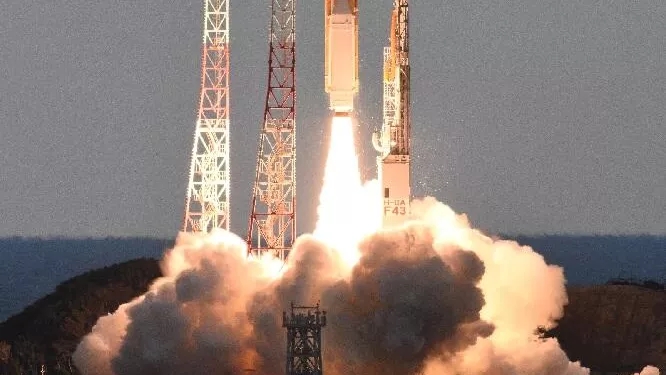
The Future of Iran's Space Aspirations
Looking ahead, Iran has set ambitious goals for its space program. The recent launch is not just an isolated event; it is a precursor to a series of planned advancements. By March 2025, Iran intends to deploy additional remote sensing satellites, which will further enhance its capabilities in disaster management and resource management across the region.
The partnership with Russia could lead to further collaborations, potentially opening doors for Iranian technologies and innovations to reach broader markets. Additionally, as various countries explore the vast unknowns of our universe, this alliance may inspire others to consider cooperative efforts towards common goals in space exploration.
Undoubtedly, the successful launch of the Kowsar and Hodhod is more than a technical achievement—it represents a pivotal moment in Iran’s transition into the arena of space. This development encourages not only knowledge sharing but also fosters a spirit of innovation that could benefit global scientific communities.
In summary, the recent satellite launch from Russia signifies a salient step in the expanding cooperation between Iran and Russia. With the potential to enhance scientific understanding and practical applications within Iran, this event sets the stage for further collaborations in space exploration. As both countries continue to forge stronger ties, they may well establish a new paradigm for international partnerships in space.
